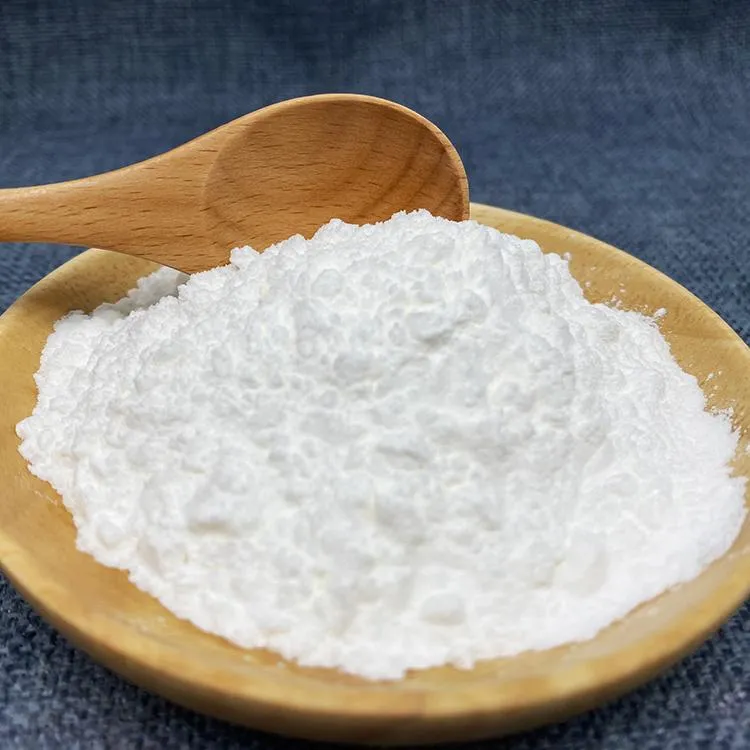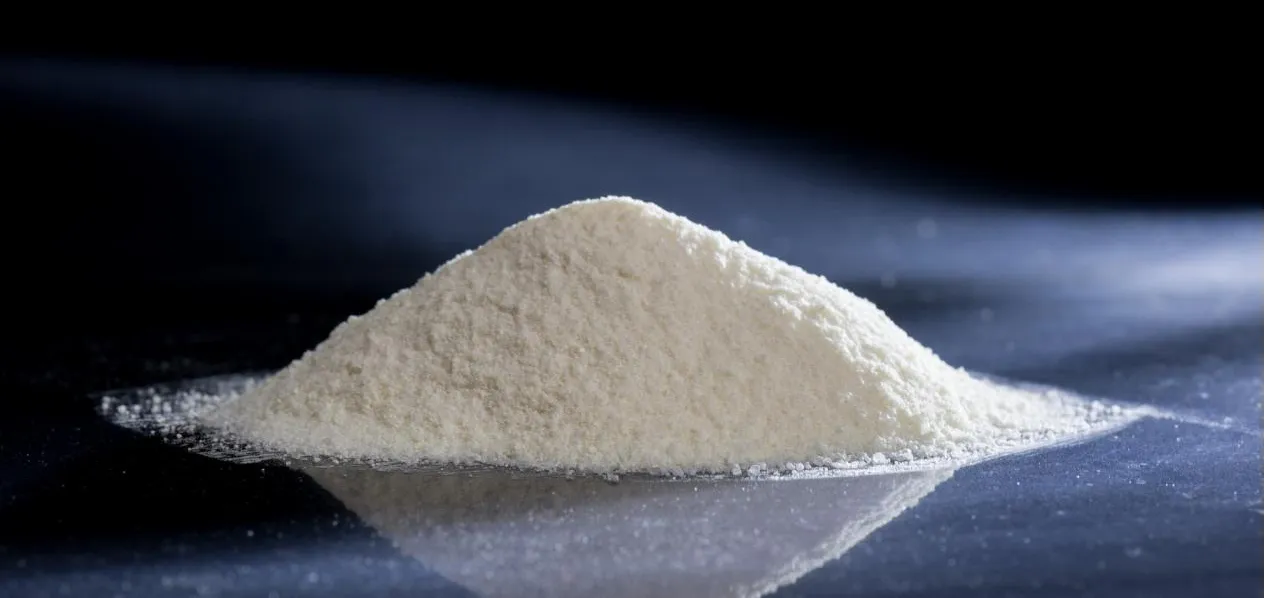
Understanding Cellulose Types and Their Diverse Applications
Cellulose is one of the most abundant natural polymers on Earth and plays a vital role in many industries including pharmaceuticals, food, and textiles. With its many derivatives such as hydroxypropyl cellulose, carboxymethyl cellulose sodium, және methyl ethyl hydroxyethyl cellulose, cellulose continues to provide sustainable and versatile solutions. This article explores various cellulose types, their sources, properties, and applications, emphasizing their safety and industrial relevance.

1. Types of Cellulose and Their Sources
The fundamental question often asked is, cellulose is obtained from plant cell walls. The primary sources include wood pulp, cotton, hemp, and other plant fibers. These natural fibers contain long chains of glucose molecules bonded together to form fiber from cellulose, which provides structural integrity to plants.
One form, regenerated cellulose, is produced by chemically treating natural cellulose to create materials such as viscose or lyocell fibers used in textiles. Regenerated cellulose maintains the natural biodegradability while offering improved mechanical properties.
Other cellulose derivatives are produced by chemical modification. For instance, carboxymethyl cellulose sodium (CMC), sometimes called carboxylic methyl cellulose, is widely used as a water-soluble thickener and stabilizer. The carboxymethyl cellulose price varies depending on purity, supplier, and quantity.
Another popular derivative is methyl ethyl hydroxyethyl cellulose, which provides enhanced viscosity and film-forming properties, useful in coatings and adhesives.
The pharmaceutical sector heavily relies on microcrystalline cellulose because it is safe for humans and effective as a tablet binder and filler. This particular type of cellulose ensures the proper disintegration and bioavailability of medicines.
Hydroxypropyl cellulose and hydroxy ethyl cellulose are also important cellulose ethers, valued for their solubility and ability to modify viscosity in aqueous solutions.

2. Applications in Pharmaceuticals, Food, and Industry
In the pharmaceutical industry, microcrystalline cellulose pharmaceutical use is extensive. It is a widely accepted excipient for its compressibility and inertness, facilitating tablet manufacturing. Moreover, the fact that microcrystalline cellulose is safe for humans adds to its popularity as a direct compressible agent.
Hydroxypropyl cellulose is used as a film former, binder, and controlled-release agent in drugs. Its solubility properties help formulate tablets and capsules that dissolve at controlled rates.
The food industry uses carboxymethyl cellulose sodium as a stabilizer, thickener, and emulsifier to improve texture and shelf life. Given the variety of applications, carboxy метилцеллюлоза жеткізушілері have become critical partners in providing consistent and high-quality materials.
In industrial applications, regenerated cellulose fibers are used to create sustainable textiles and packaging materials, combining biodegradability with strength.
The versatility of cellulose derivatives also shines in paints, adhesives, and coatings where methyl ethyl hydroxyethyl cellulose acts as a rheology modifier to control viscosity and flow.

The Essential Role of Cellulose and Its Derivatives Across Industries
From natural sources, cellulose is obtained from plants and transformed into a wide range of derivatives including hydroxypropyl cellulose, carboxymethyl cellulose sodium, және microcrystalline cellulose. These materials are integral to pharmaceutical formulations, food products, and industrial manufacturing.
The availability of safe, versatile, and biodegradable cellulose types makes them indispensable in modern sustainable technologies. With a growing demand for eco-friendly and effective solutions, cellulose derivatives continue to pave the way for innovation and improved product performance.
FAQs
What are the main types of cellulose used in industry?
Common cellulose typesinclude natural cellulose fibers, regenerated cellulose, and derivatives like hydroxypropyl cellulose, carboxymethyl cellulose sodium, және microcrystalline cellulose.
How is cellulose obtained?
Cellulose is obtained fromplant sources such as wood pulp, cotton, and hemp, where it exists as long fibrous chains that provide plant structure.
Is microcrystalline cellulose safe for humans?
Yes, microcrystalline cellulose is safe for humansand widely used as a pharmaceutical excipient in tablet manufacturing.
What is carboxymethyl cellulose used for and what affects its price?
Carboxymethyl cellulose sodiumis used as a thickener and stabilizer in food, cosmetics, and pharmaceuticals. Its price depends on purity, supplier, and order volume.
What is the role of hydroxypropyl cellulose in pharmaceuticals?
Hydroxypropyl celluloseacts as a binder, film former, and controlled-release agent in drug formulations, helping regulate drug dissolution rates.
-
Hydroxypropyl Starch as a Sustainable Construction AdditiveNewsNov.24,2025
-
The Gelation Properties of CMCNewsNov.21,2025
-
Redispersible Latex Powder and Water Retention CapacityNewsNov.21,2025
-
Dosage Control for Polycarboxylate Water ReducerNewsNov.21,2025
-
Film-Forming Properties of Polyvinyl AlcoholNewsNov.21,2025
-
The Function of Gypsum Additives in MortarNewsNov.21,2025





















